History
The Institute of Avian Research is worldwide the second-oldest Vogelwarte.
With his book "Die Vogelwarte Helgoland" (1891), Heinrich Gätke was the first to point out the importance of Helgoland for bird migration. On the 1st of April 1910, the Institute of Avian Research was founded as the Vogelwarte Helgoland under the leadership of Dr. Hugo Weigold. The main focus of the Vogelwarte was the conducting of research on bird migration and a catching garden was laid out in 1911. The long-term bird ringing tradition was initiated in the same year, with own rings, which, since 1931, read "Helgoland". Prof. Dr. Rudolf Drost was the successor of Dr. Weigold and started in 1924. Because Helgoland was evacuated at the end of Worldwar II, Drost moved the Vogelwarte to Göttingen.
On the 1st of April 1946, the Vogelwarte was taken over as the Institute of Avian Research by Hannover. When Lower Saxony was founded, the Institute moved into the portfolio of the Lower Saxonian Ministry of Culture. Today, the institute is a non-university research institution in the portfolio of the Lower Saxonian Ministry of Science and Cultural Affairs. The institute moved into a marine signal station in Wilhelmshaven in 1947, before moving into its current location at the old Fort Rüstersiel in 1966.
Work at Helgoland resumed in 1953, when Dr. Wolfgang Jungfer returned to the island. Dr. Gottfried Vauk took over in 1965, and Dr. Ommo Hüppop has led the island station since 1988.
In the period 1867-2000 the Institute also had a third division, located in Braunschweig, where researches studied population ecology in Cremlingen-Weddel. This division was led by Dr. Rudolf Berndt up to 1977, when Prof. Dr. Wolfgang Winkel became his successor.
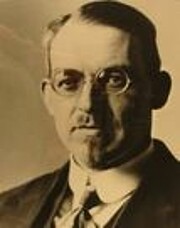
(1910 - 1924)
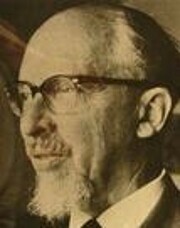
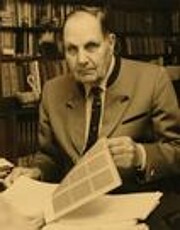
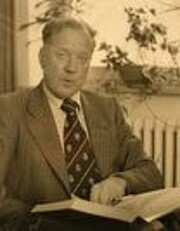

Directors since 1910

